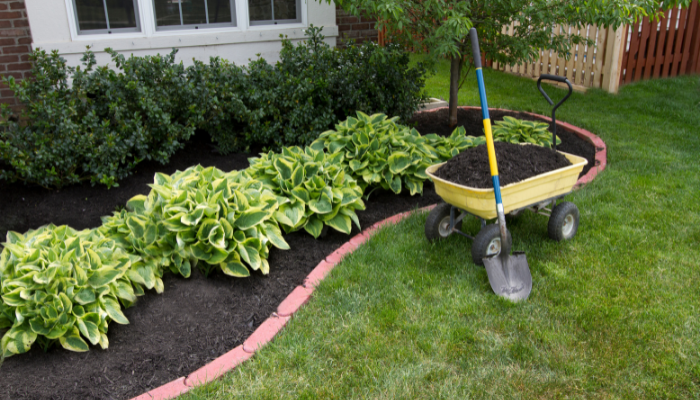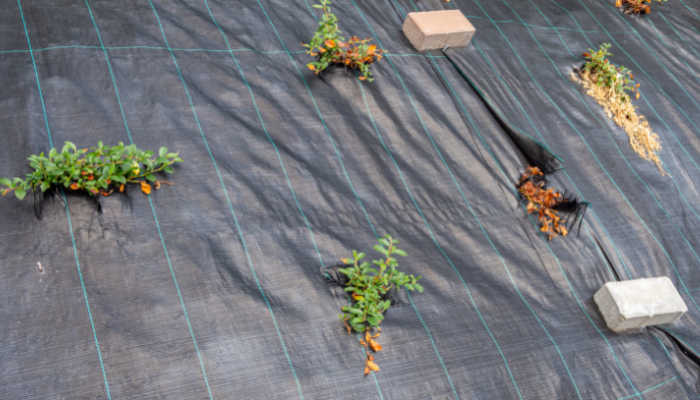
Save yourself time and effort in the garden with our low-maintenance gardening ideas!
As much as we love our gardens, we don’t all have as much spare time as we’d like to look after them!
So we’ve put together some top tips and ideas. To help you save time and hard work, and keep some parts of your garden low-maintenance.
Then you can sit back and relax in your garden instead!
🌲 Bark chippings are great to use in beds and borders, pathways and for topping containers.
They help with weed suppression, water retention and ground cover.
They’re also a brilliant solution if you have a steeper slope in your garden that is difficult to mow or look after.
Our Play Grade Bark and Play Grade Chip are also perfect for children’s play areas. So you don’t have to have the heartache of watching your lawn getting ruined OR repairing or replacing it!

💎 Decorative aggregates are ideal for all sorts of garden projects.
Use them on pathways, driveways, and beds and borders. Also for topping pots and containers, ornamental areas, fish ponds, or around rockeries.
They add colour, texture and interest all around the garden, as well as being very durable!
But they’re not just for show – they also provide weed suppression and water retention.

🌷 Planting annuals each year can be time-consuming.
Include more low-maintenance plants such as perennials, ornamental grasses, ferns, hostas and evergreens. These don’t need regular deadheading or pruning and pretty much look after themselves.
TOP TIP: Ferns and hostas are also great choices for shaded areas.

🧱 Edging borders and lawns is a really useful way to stop your lawn from spreading into borders or onto paths.
You don’t have to use plastic edging though – you could use bricks, stone, wood, or steel to add extra interest.

💐 Create your very own wildflower meadow!
Well, ok, you may not have enough room for an actual meadow! But you could sow wildflower seeds in a corner or the edge of your garden, or just allow it to grow wild and do its own thing!
Wildflowers look amazing, add loads of colour, and are brilliant for pollinators such as bees and butterflies.

⛏️ Stop digging!
The ‘no-digging’ method means adding a layer of mulch to your flower beds. You can use a variety of mulches such as compost or well-rotted manure in spring and/or autumn.
Not digging means you’re not disturbing the worms etc. that help to keep soil and plants healthy.
This method of gardening improves soil drainage and stops many weeds. AND your borders won’t need watering as much.
What’s not to like about that?!

We hope this helps! If you’ve got any time-saving or low-maintenance gardening tips, do let us know!

